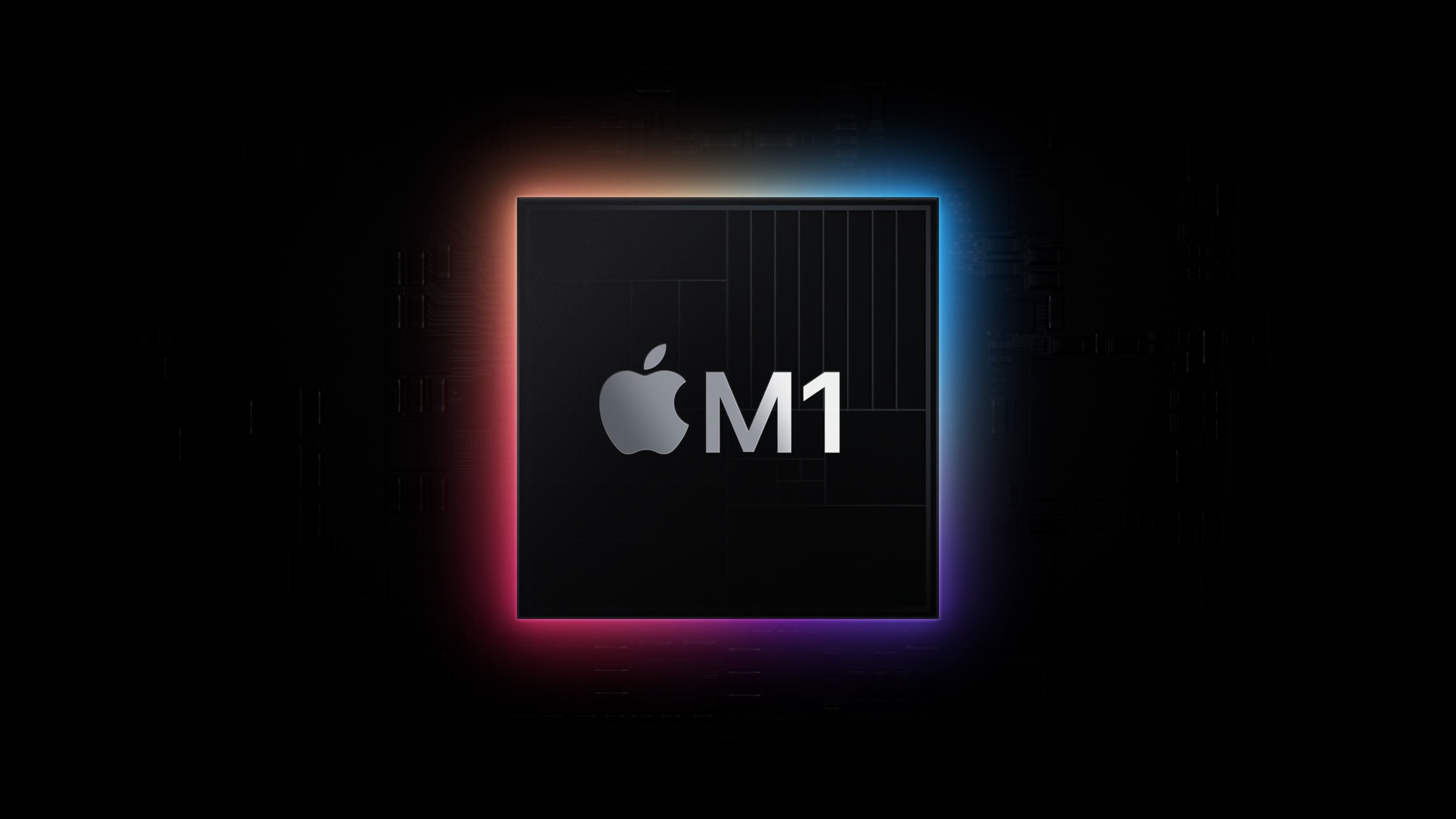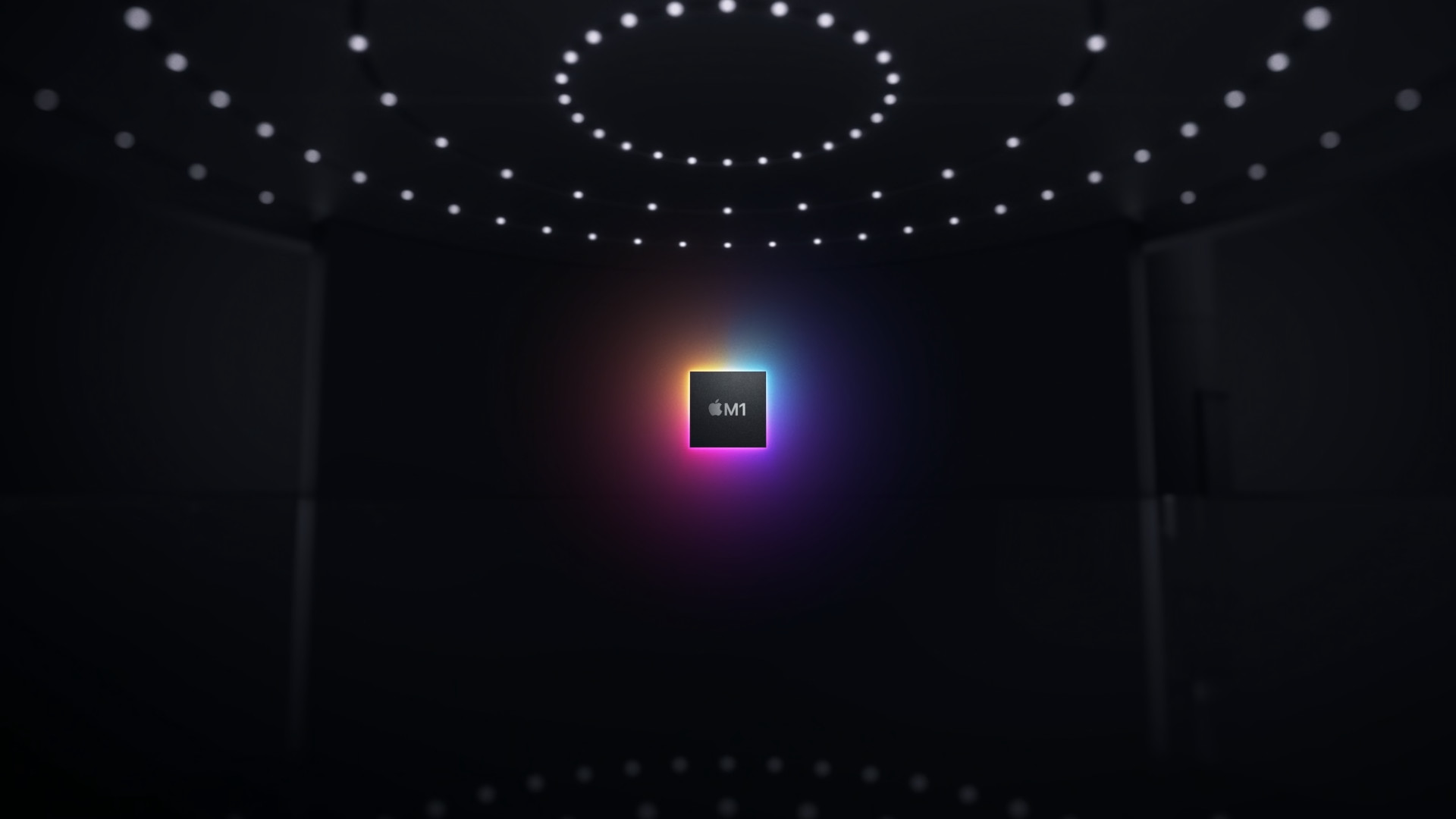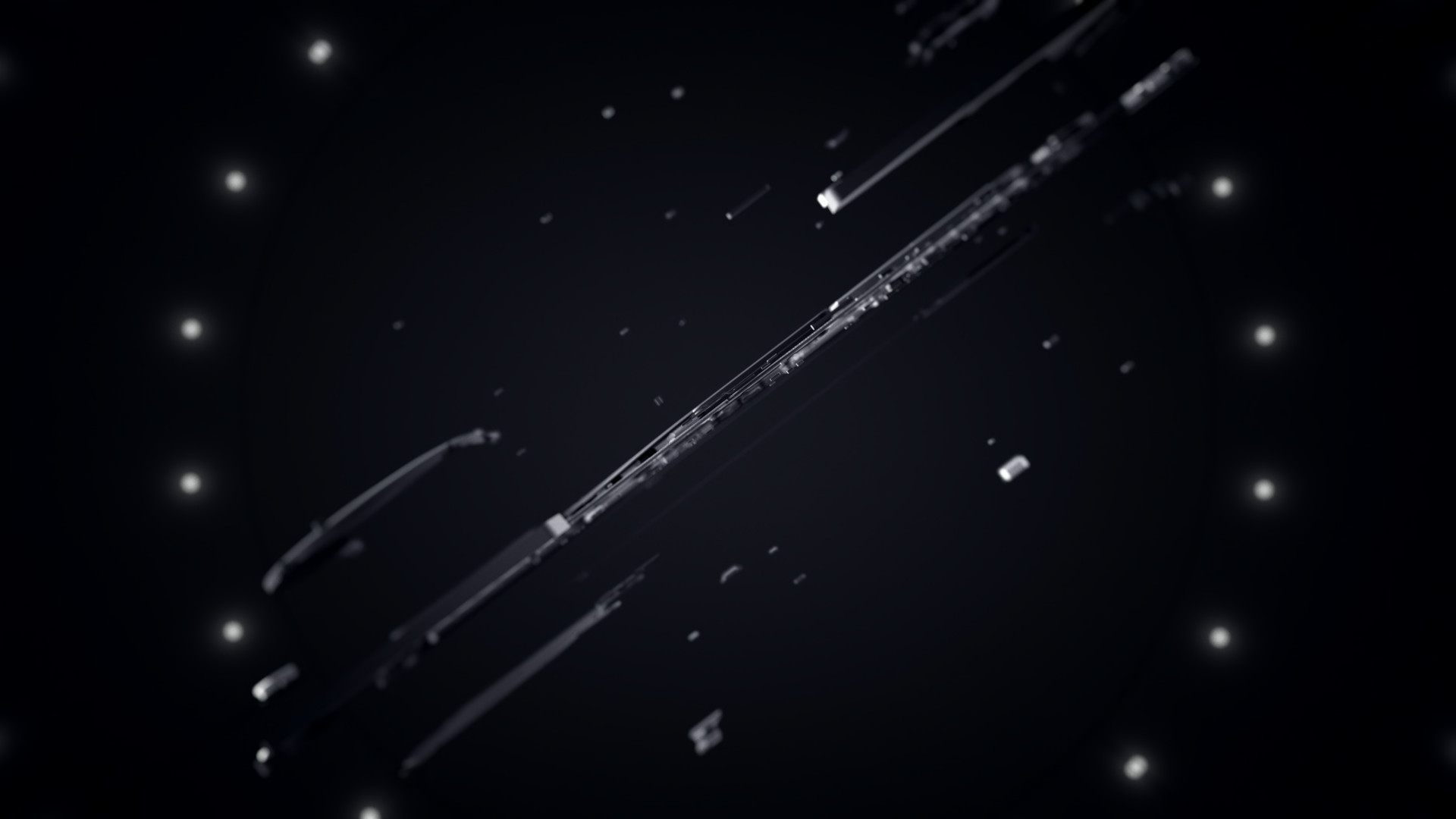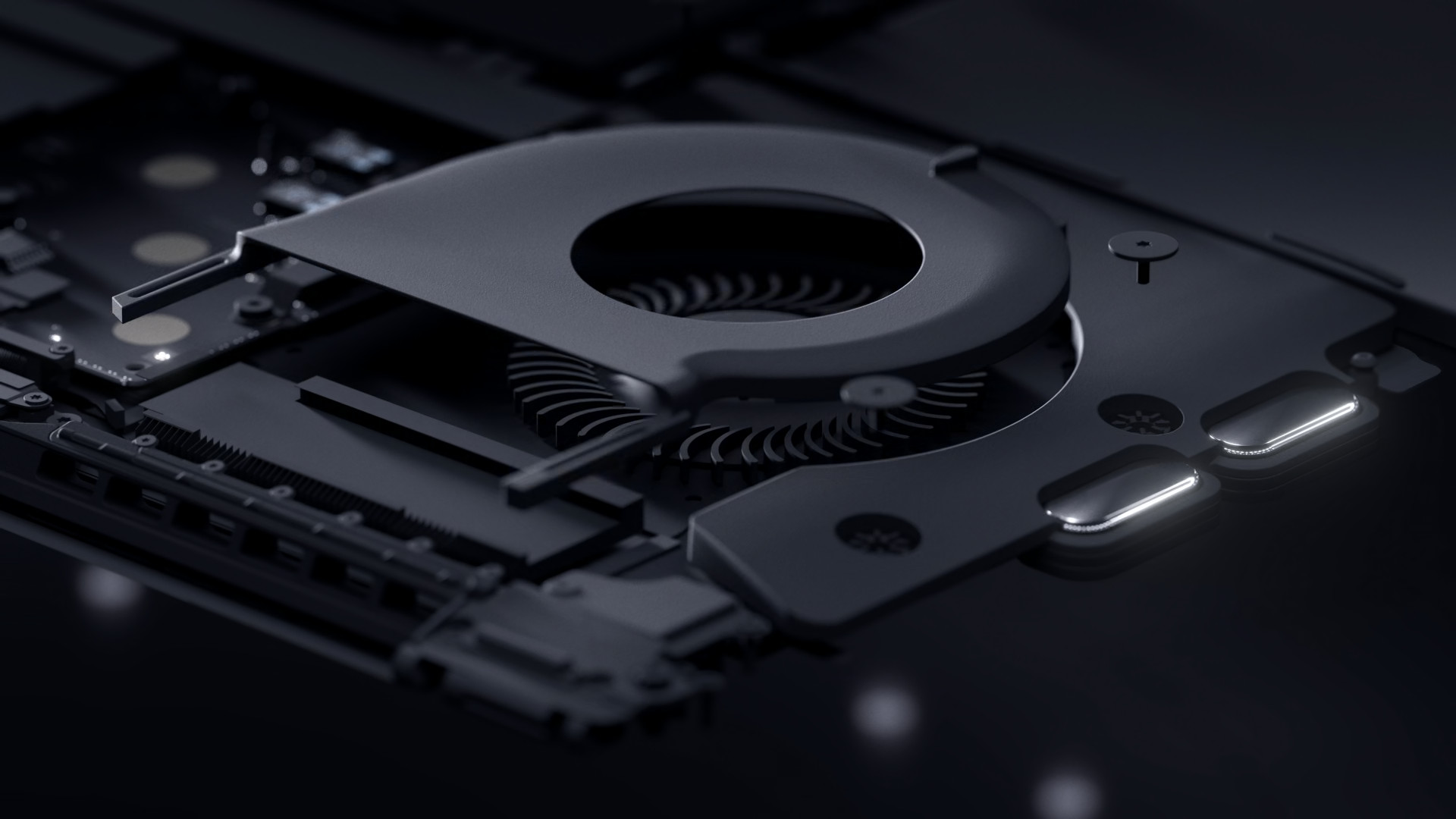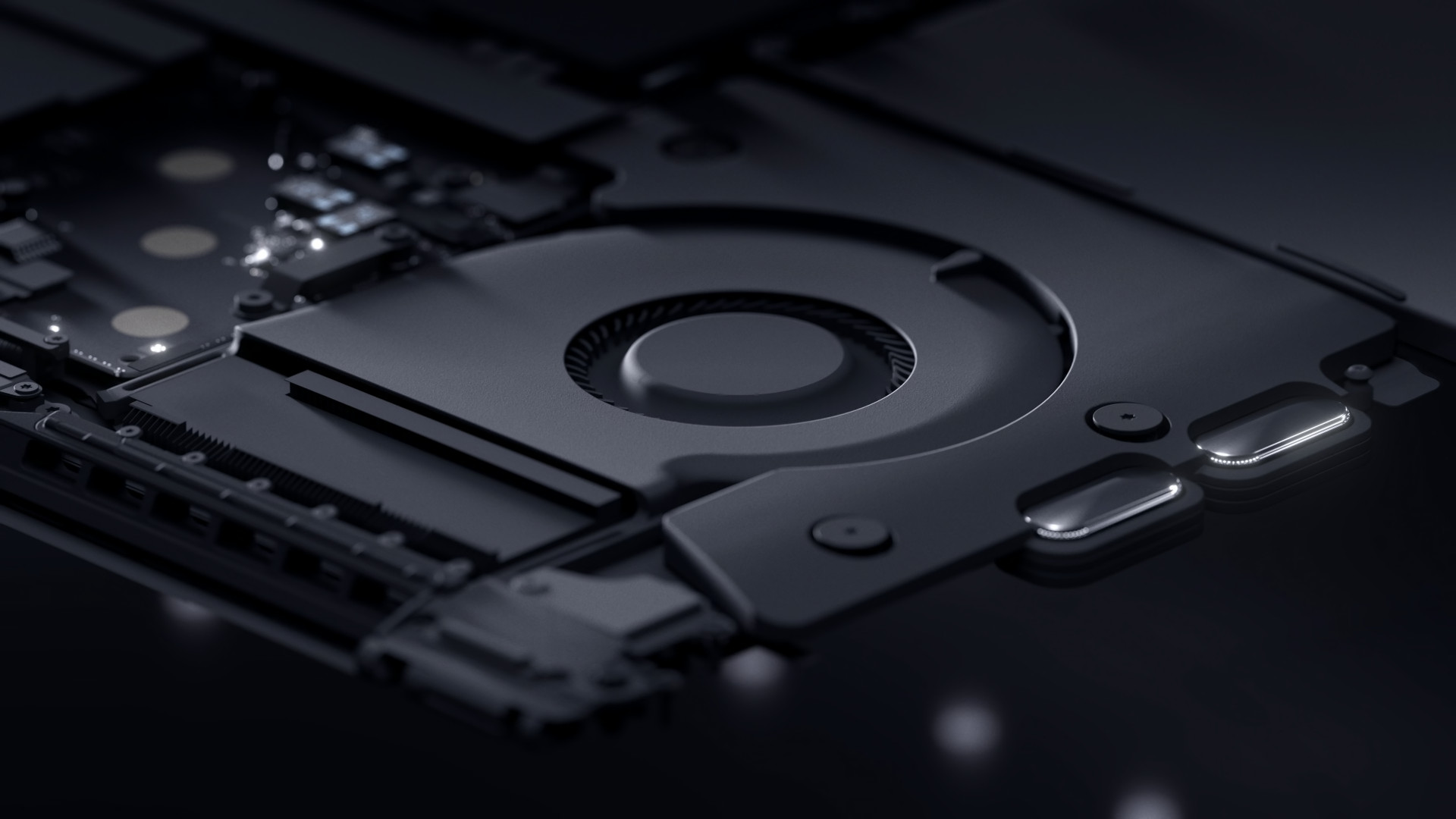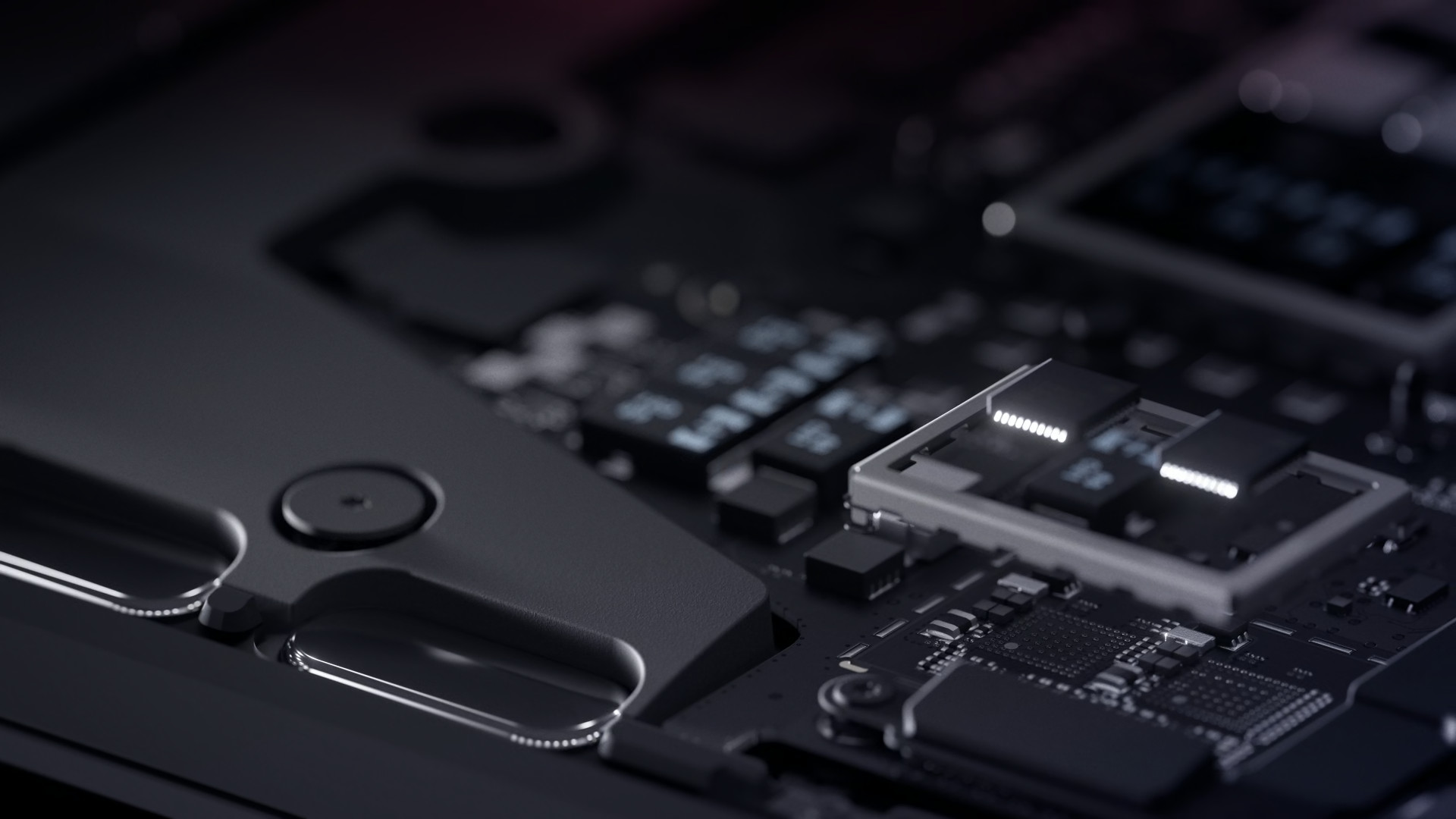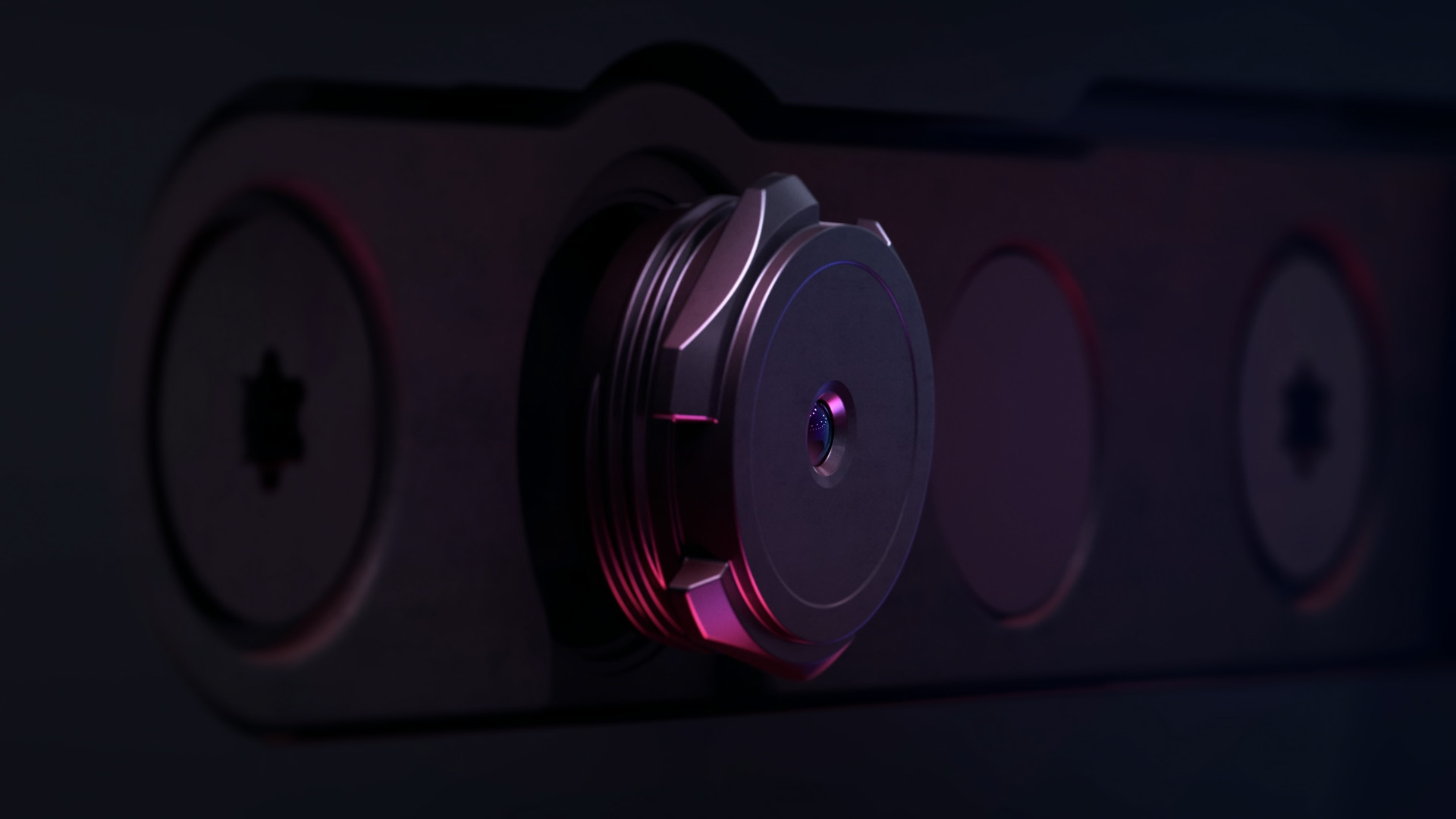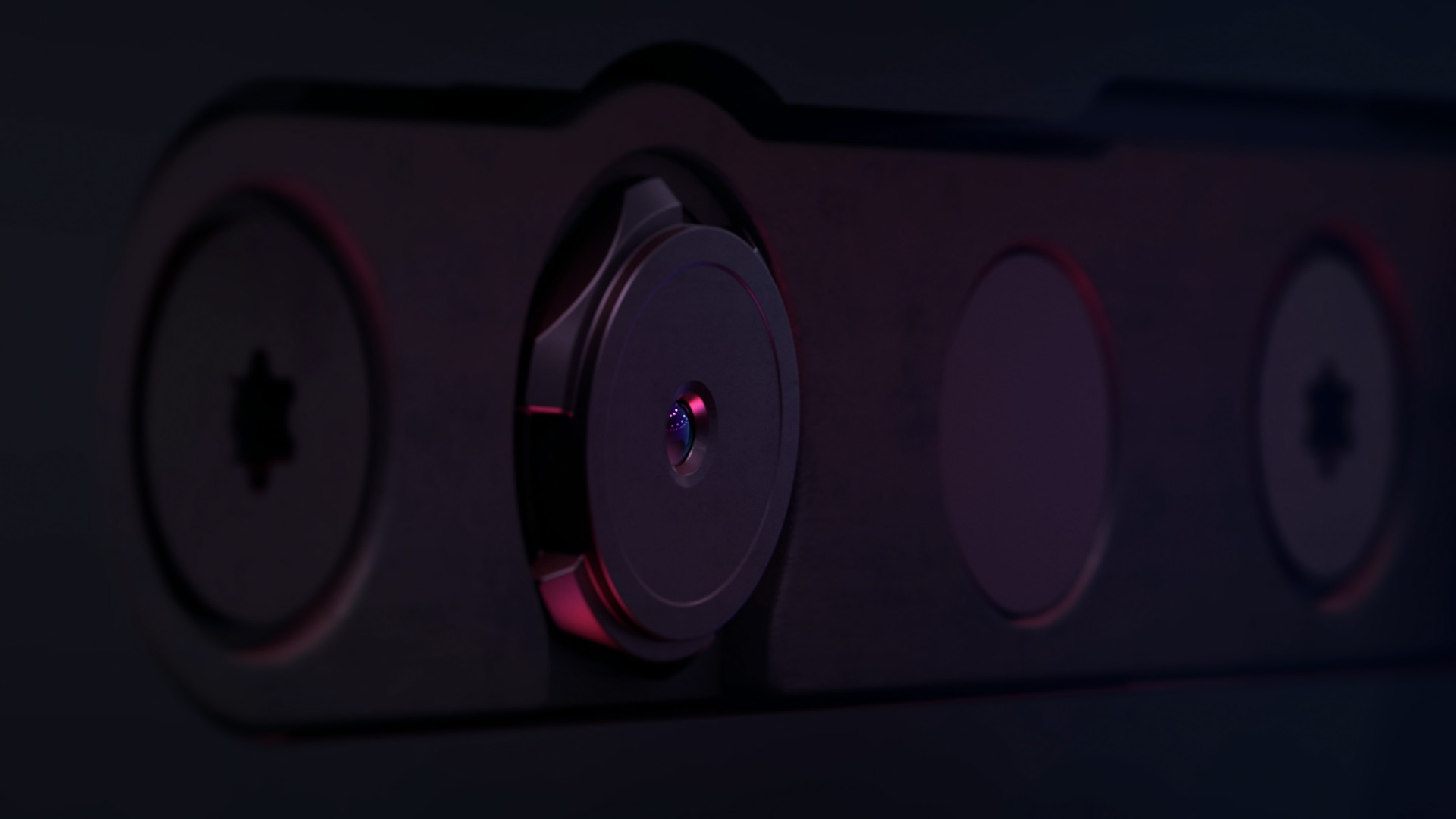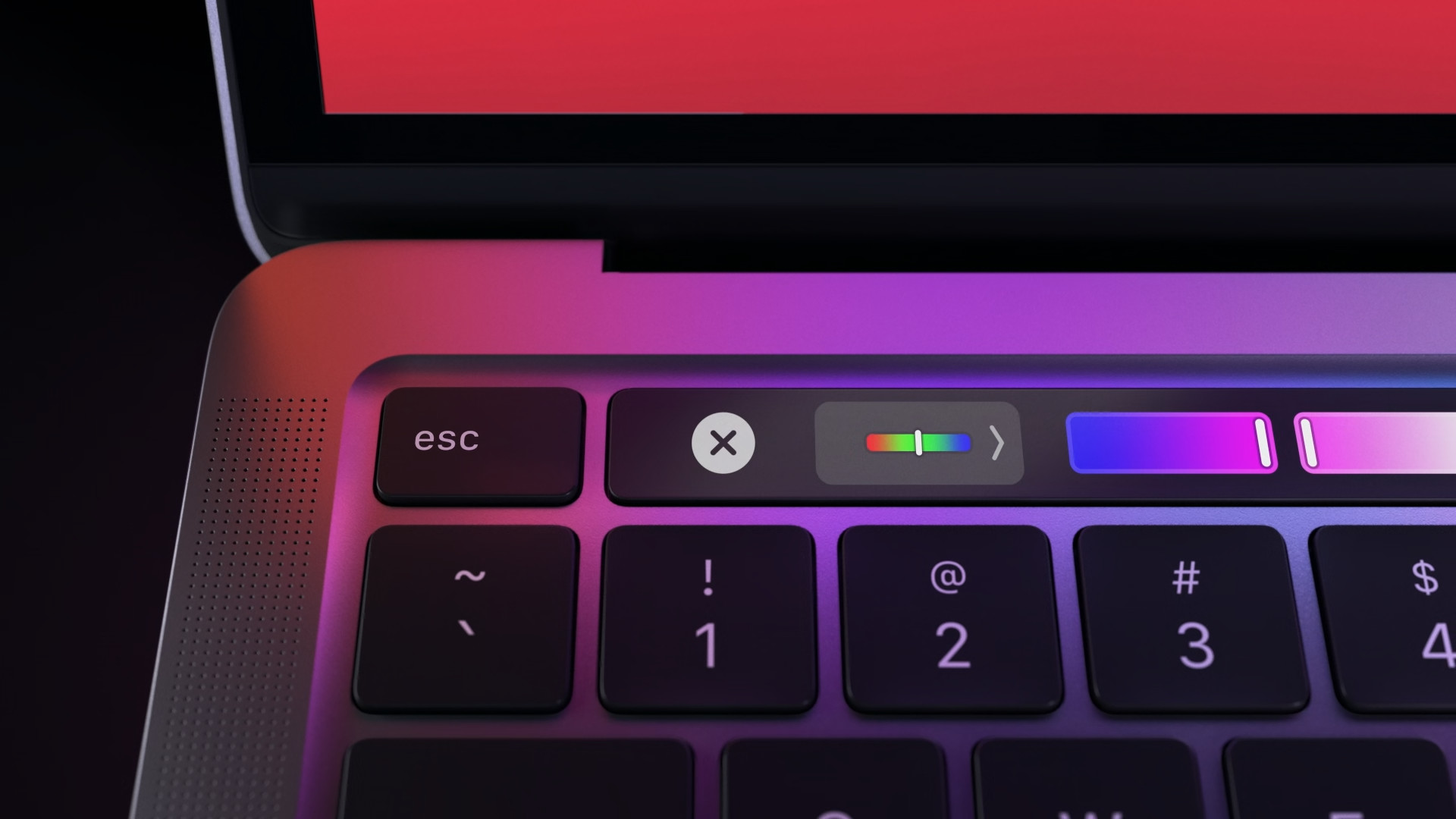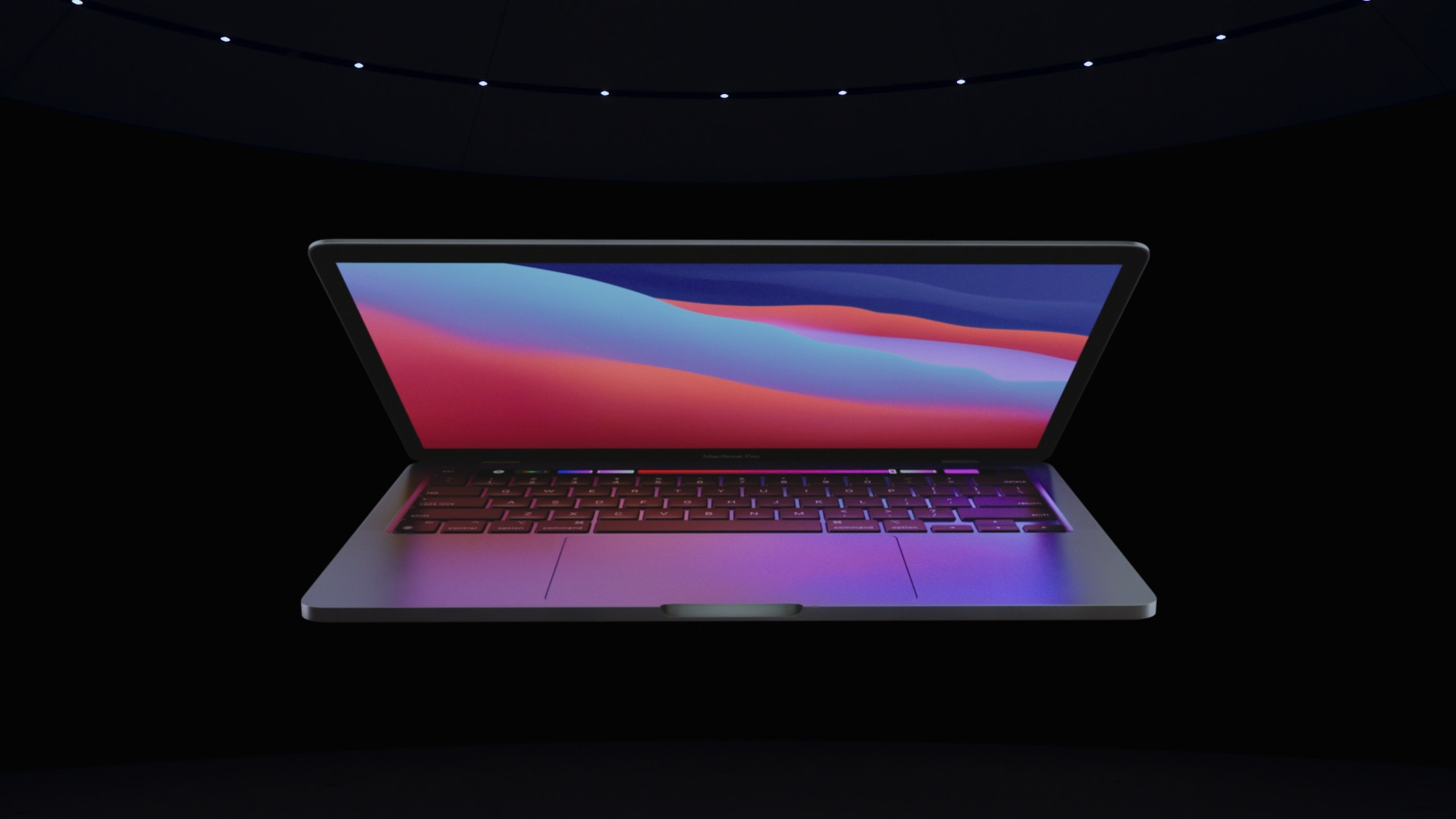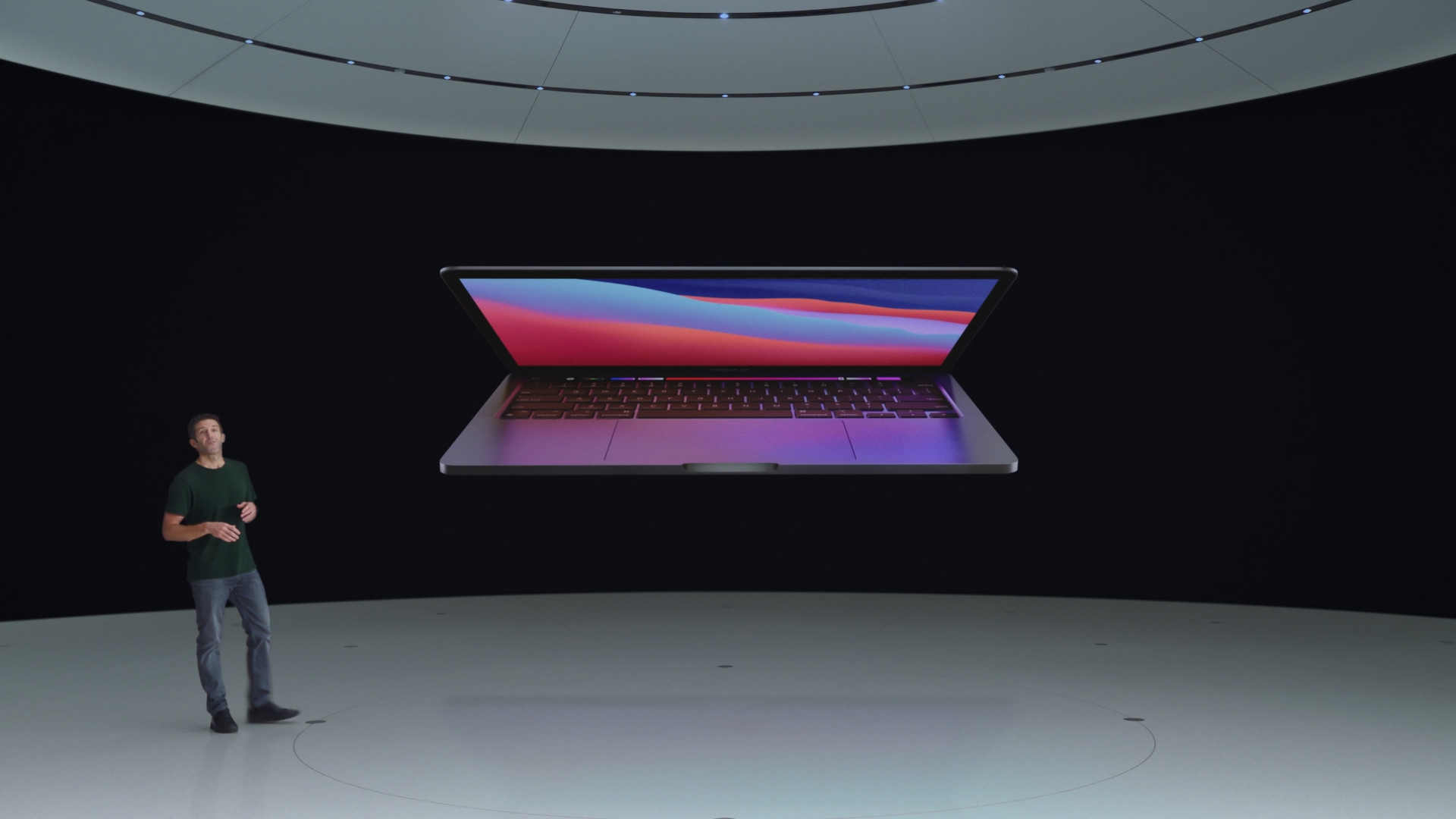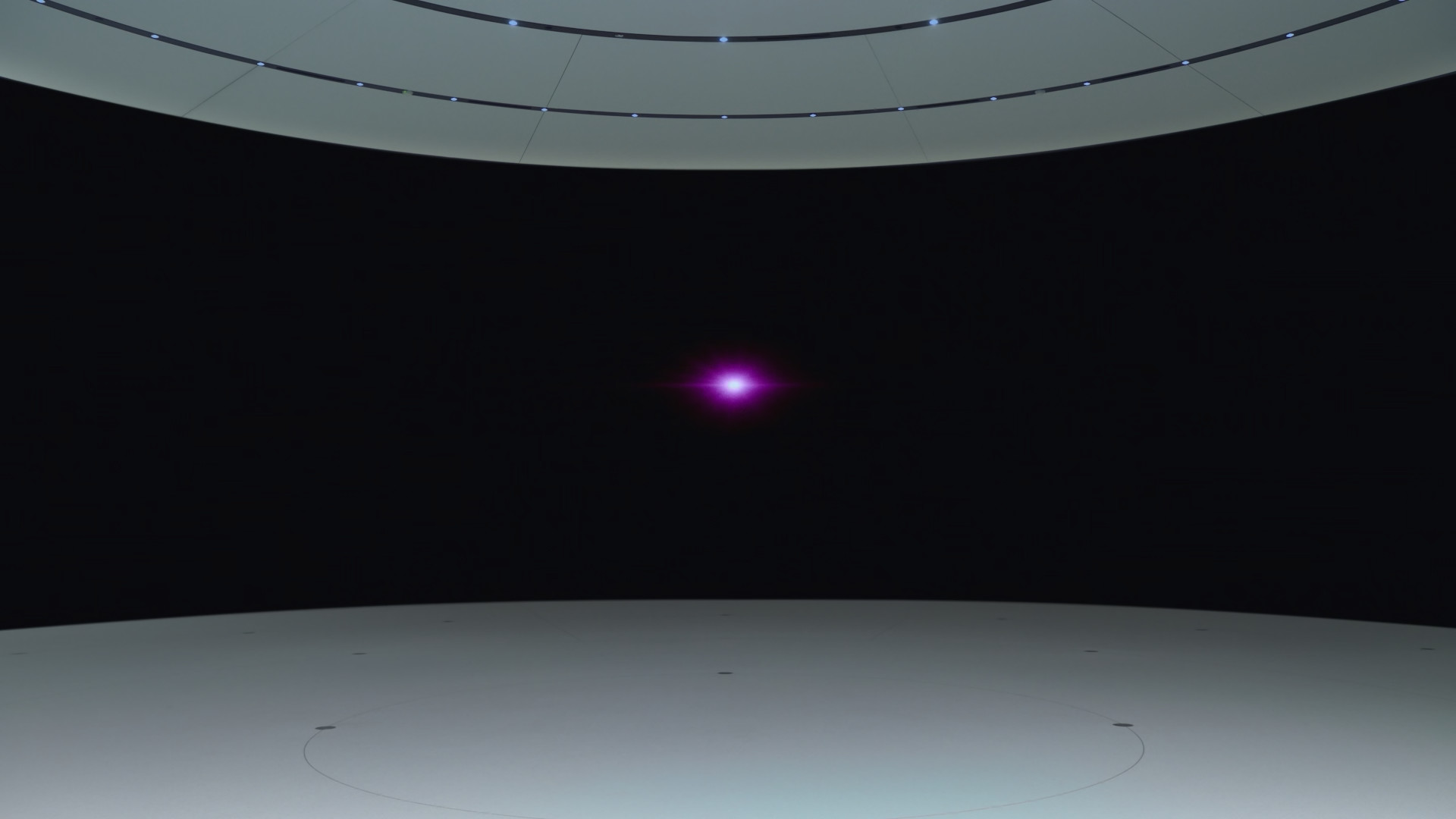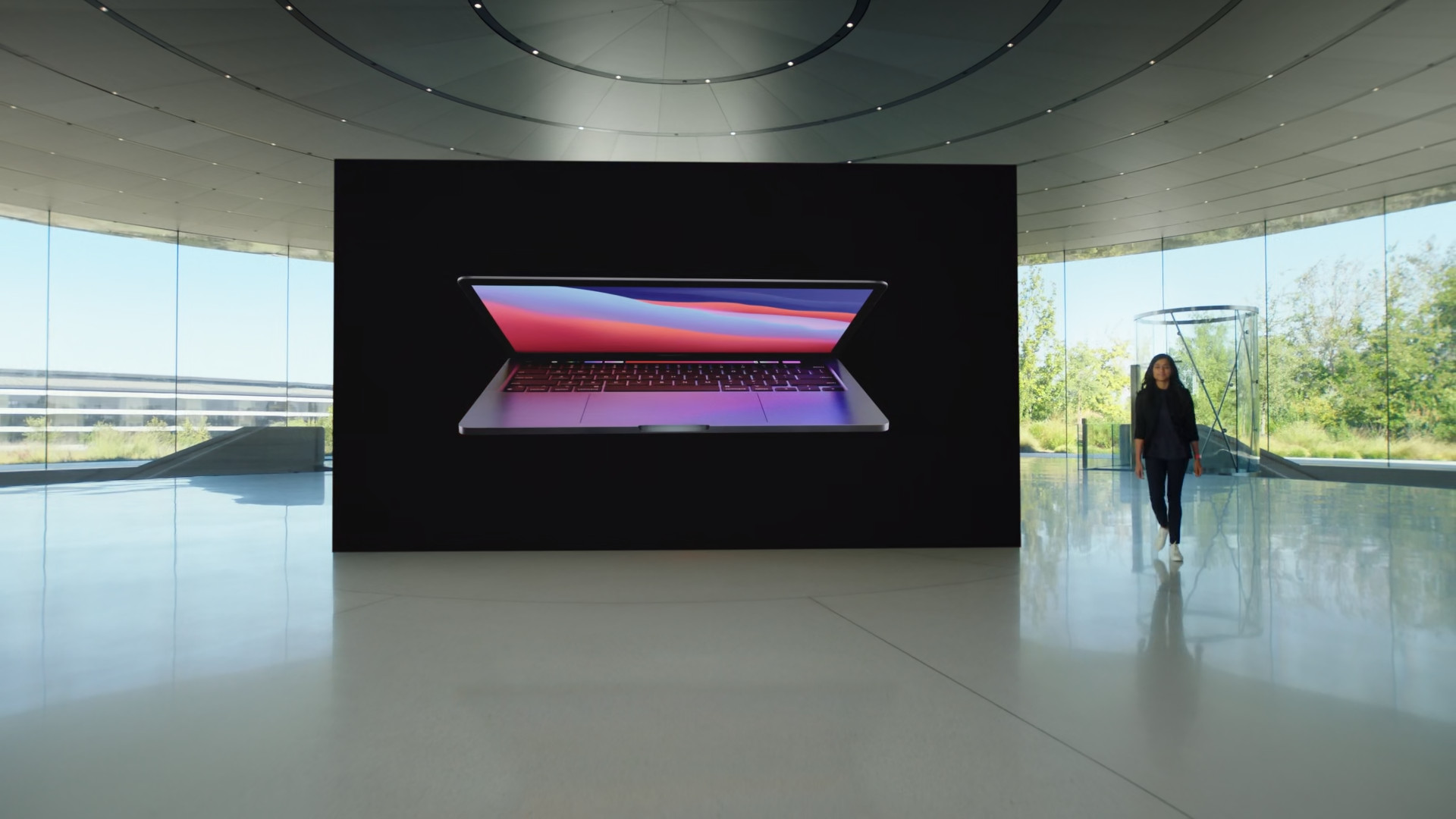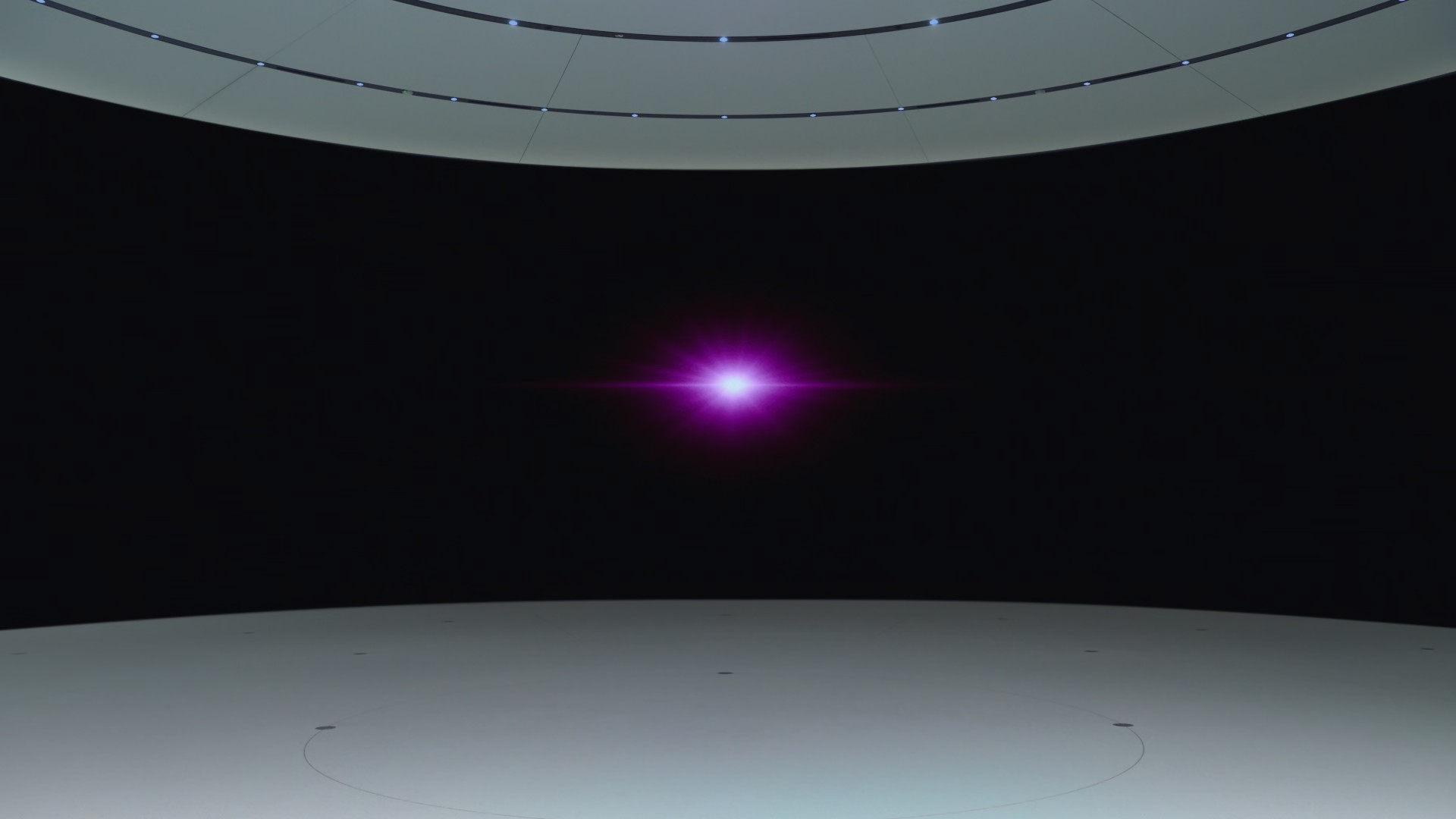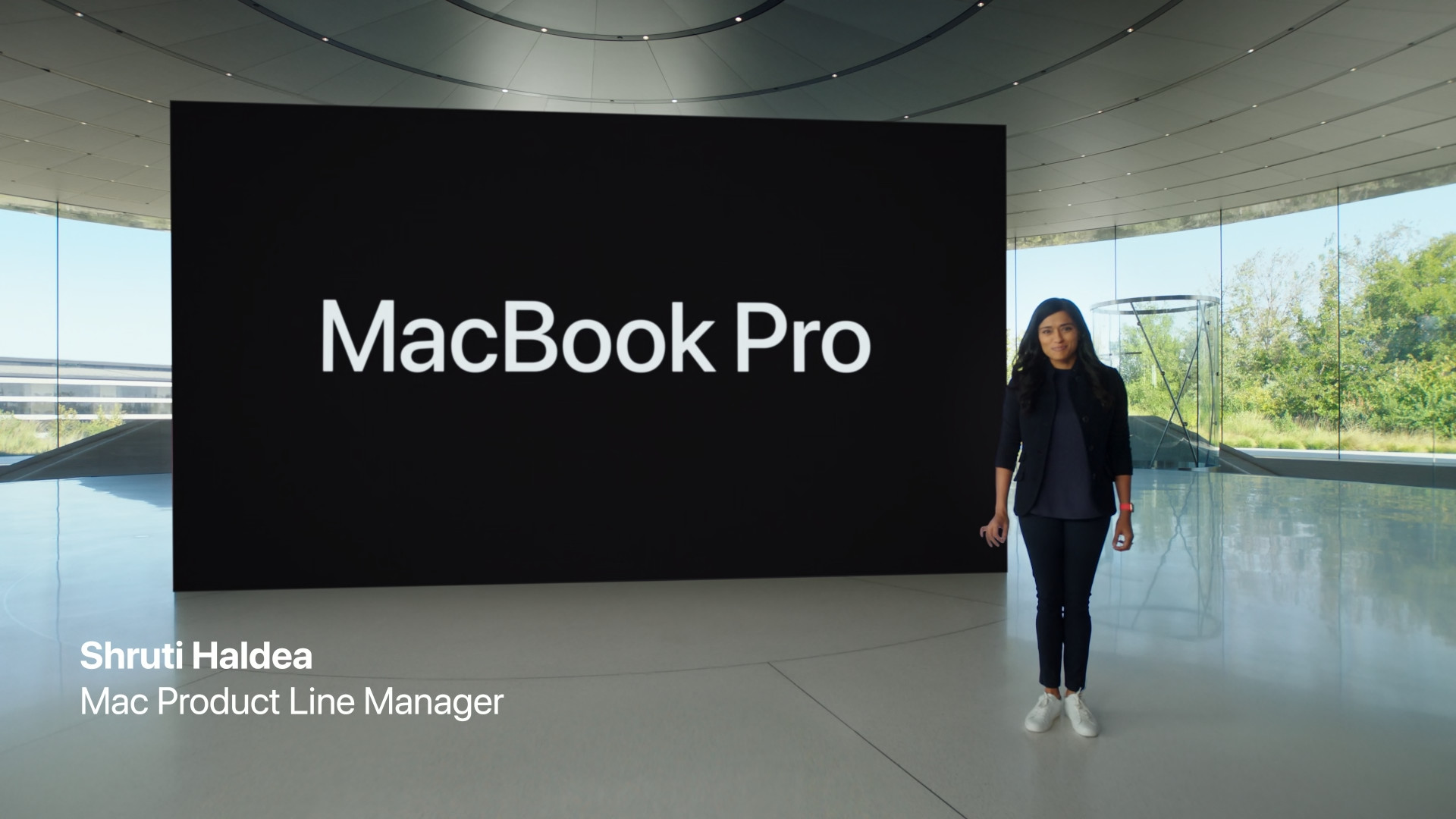On the occasion of yesterday's Keynote, Apple showed us a highly anticipated novelty, which is the new Apple M1 chip. It will first come to MacBook Air, 13″ MacBook Pro and Mac mini. As you all know, this is a solution directly from the workshop of the Californian giant, which is based on more than ten years of experience with chips from iPhones, iPads and Apple Watch and on the ARM architecture. However, the interesting thing is that all three mentioned Macs are equipped with this identical piece, but there is still a performance difference between them. How is it possible?
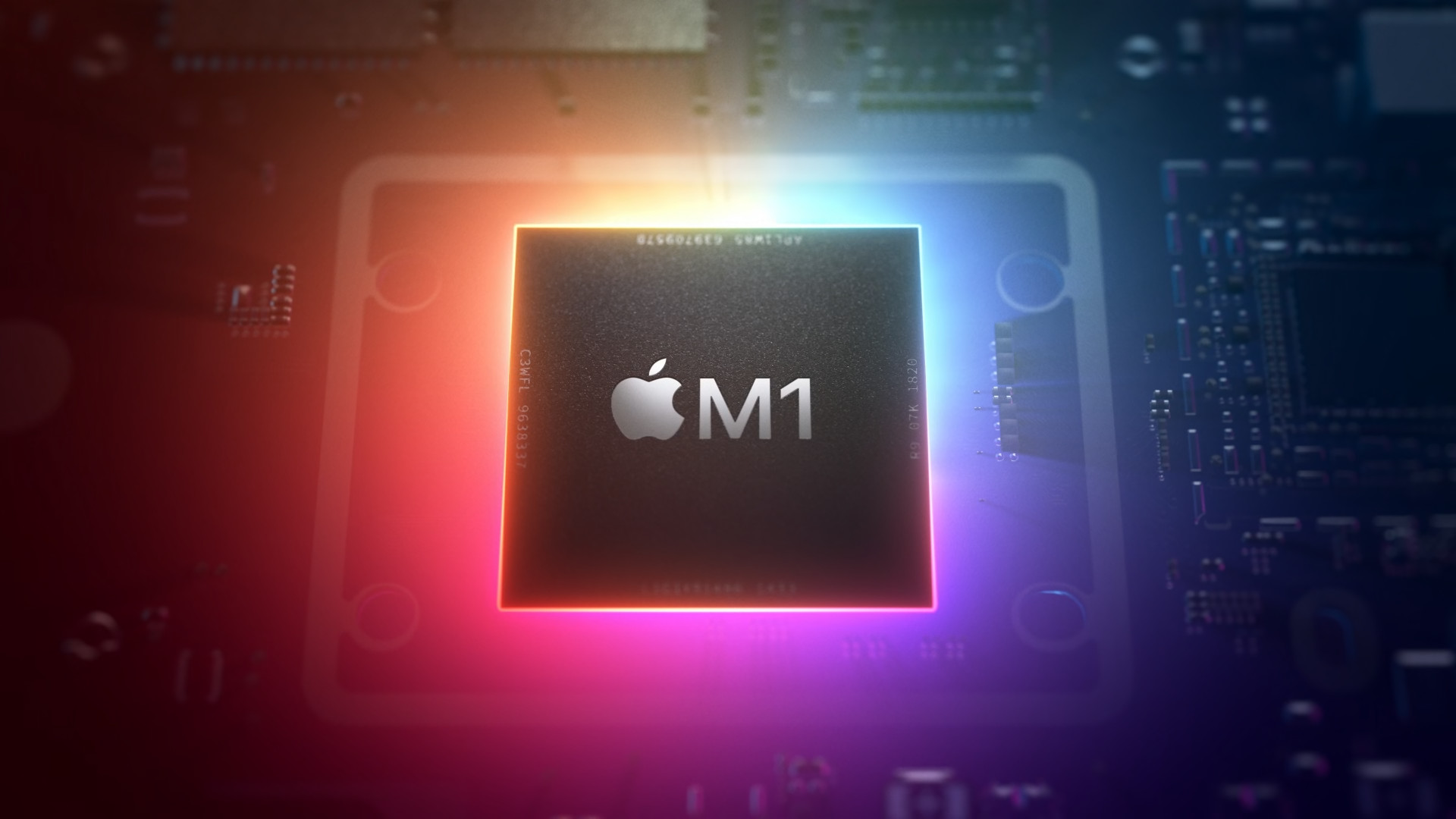
Let's take a look at the apple laptops themselves. If we look at history, we will immediately find out that the Pro model has always boasted a more powerful processor, for example in the number of cores or clock frequency. But this year it's a little different. At first glance, the laptops differ from each other only in their different shape and price, because they otherwise offer the same options in the field of storage, the same number of Thunderbolt/USB 4 ports, the same options in the case of operating memory and the same chip mentioned above. However, we have not yet mentioned the most important difference that distinguishes the new MacBook Pro and Mac mini from the Air – the fan.
Undoubtedly, the biggest difference in these 13″ MacBooks is that the Pro model boasts a fan, while the Air does not. It is precisely this fact that is directly responsible for the different performance of these two machines and literally defines their difference. It could be said that almost all today's processors can run significantly faster under the right conditions. In any case, the condition is high-quality cooling. Therefore, the data on the clock frequency is no longer so relevant - CPUs can be overclocked relatively easily, for example through the so-called Turbo Boost, to a higher frequency, but they cannot maintain it due to poor cooling, and therefore various problems occur. On the contrary, TDP (in Watts), or the highest possible thermal output of the processor, can indicate much better performance.
You can read about TDP here:
It could be interest you
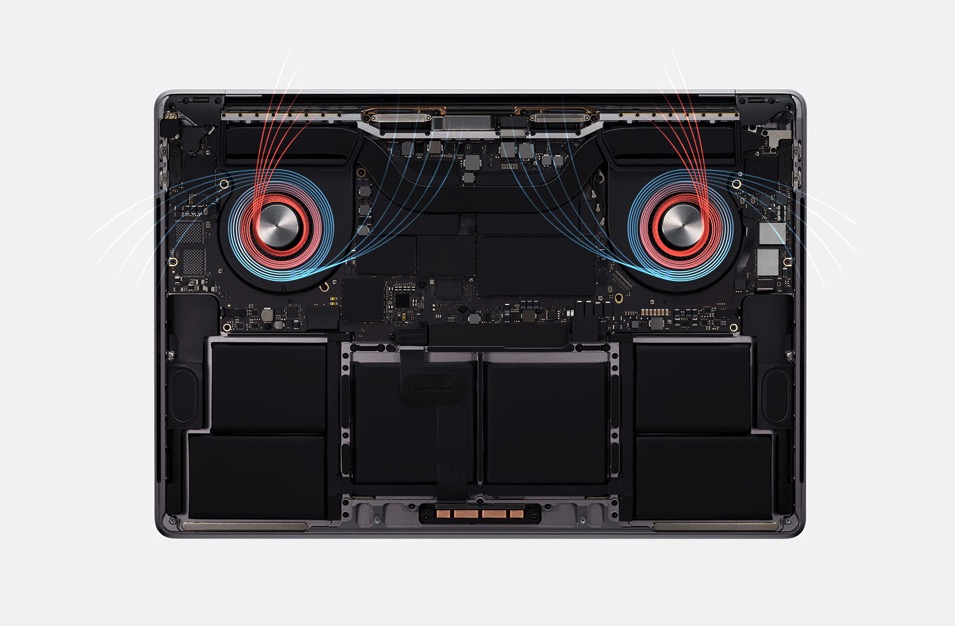
And that is exactly the biggest difference between all three Macs presented yesterday, which was subsequently confirmed by Apple itself. All of them boast the same M1 chip (in the case of the entry-level Air, however, the graphics core is locked), and in theory they should offer roughly the same performance. However, the presence of active cooling in the form of a fan in the Mac mini and MacBook Pro allows the products to maintain extreme performance for a much longer time.
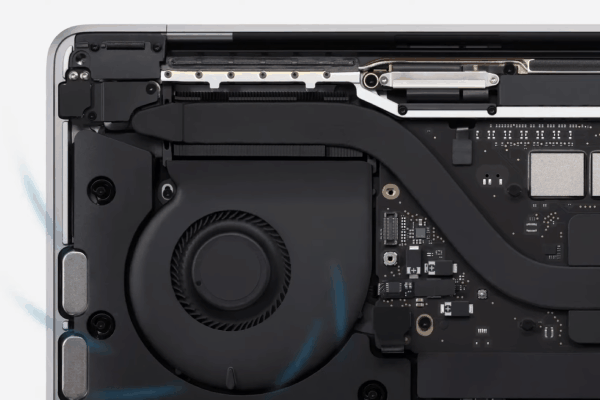
Exact data on the performance of the new Macs is not yet available. It is therefore unclear how these pieces will perform under normal load. But we can count on the fact that it will be a step forward that will move the capabilities of apple computers several levels forward. We can derive this from the incredible performance that is hidden in the iPhone itself. What do you think of the new M1 chip? Do you think that the switch to Apple Silicon will advance the performance of the Mac platform, or is it a stupid experiment that will backfire on the Californian giant?
It could be interest you
